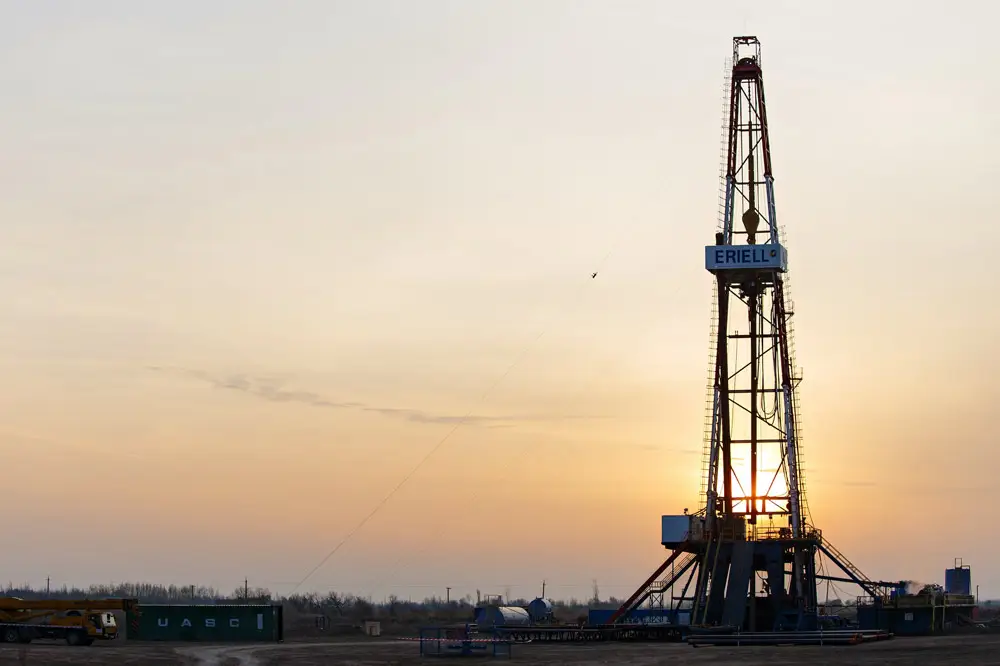A decanter centrifuge is used to dewater tailings for settling pond elimination, better handling, water recovery, or satisfying environmental regulations.
The Purpose of a Decanter Centrifuge
A decanter centrifuge is used for separating the liquids from the solids for different uses. In aggregate methods, a decanter centrifuge is used to manage the tailings in the waste stream.
With intense centrifugal power to produce sedimentation, a decanter centrifuge removes the particles from the liquid in a waste stream from a wet processing plant. Two things come from a decanter centrifuge: a solid cake that is fit for mechanical handling and a liquid that can be repurposed as process water upstream.
The key advantage of a decanter centrifuge for treating tailings is that it simplifies the handling of the waste stream. Treating the waste stream via a decanter centrifuge lets some sites exclude their lagoons or settling ponds, which could be time-consuming and expensive to upkeep.
Parts of a Decanter Centrifuge
There are several key components of a decanter centrifuge. It has a feed pipe that goes into a helical screw conveyor that is enclosed by a bowl. To aid in housekeeping and decrease the noise, these parts are surrounded by a casing. The discharged materials are collected in a chute.
A heavy-duty frame helps a decanter centrifuge keep balance and reduce vibration. Other key parts include a gearbox and motors.
How a Decanter Centrifuge Works
A decanter is a sedimentation tank enclosed around an axis. Solid particles go to the tank’s bottom, creating sediment. The liquids and the solids are divided thanks to centrifugal acceleration. Because of their greater density and are heavier than liquid, the solid particles move outwards in the bowl because of the centrifugal force.
Using centrifugal forces, a decanter centrifuge separates liquids and solids. A slurry goes in the helical conveyor via the feed pipe. The slurry then moves into the area between the bowl and the rotating conveyor. The solids from the slurry move the bowl’s walls and the liquid moves to the discharge end of the equipment.
Optimizing a Decanter Centrifuge
Based on the site’s objectives, optimizing a decanter centrifuge could mean creating a clearer liquid or drier solid product. If drier solids are wanted, changes could be made to:
- Raise the rotational speed of the equipment
- Change the feed position near the liquid end of the bowl
If better liquid clarity is the objective, changes could be made to:
- Raise the pool depth
- Boost the rotational speed
- Decrease the feed rate
- Add chemicals to enhance the settling
Best Decanter Centrifuges
Decanter centrifuges are automated, compact, low-maintenance equipment that lets you separate liquids from solids in one simple process. They also will help decrease energy usage while decreasing your carbon footprint. Contact us today to discuss how our decanter centrifuges and services can assist you with your needs.


